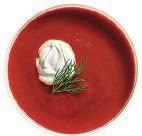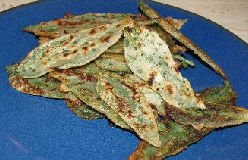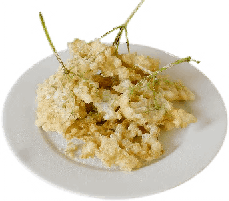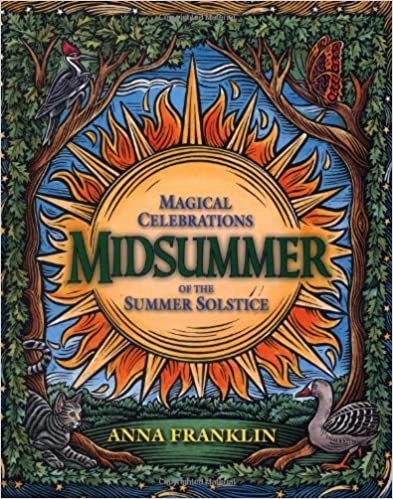Copyright © 2002 Anna Franklin
Food has always been an intrinsic part of seasonal celebrations. Food also plays a part in Craft ritual, and its production is one of the central themes of nature religions. Mysteriously, the small seed planted beneath the dark earth shoots and grows into something that will provide a sustaining meal. When it is placed in the womb of Mother Earth, she nourishes and sustains it, magically transforming a tiny seed into a nourishing plant.
It is the custom to share food at the festivals and other ritual occasions of the Craft year. In the past, people were acutely aware of the passing of the seasons and of what each season had to offer in terms of food, herbs, and animal behavior. They were closely bound to the Wheel of the Year, its turning determining their activities-times for planting, times for weeding, times for gathering seeds, and times for harvest. During the summer and autumn a variety of plentiful food would be available, but during the winter there would only be stored produce and the few vegetable foods that survive the frosts. In a time when food is always available at the local store, we tend to forget the importance of the agricultural and pastoral year, which was everything to our ancestors. The festivals of the Craft attempt to make us more aware of the natural cycles and our part in them. In our seasonal celebrations, and in our feasts, we try to honor and reflect these magical connections of herbs and plants with the seasons.
By this time of year food is plentiful with salad vegetables, soft fruits, and herbs in peak condition. The quantities of ingredients for these recipes are listed in three types of measurement:
In some cases they have been rounded up or down, so make sure you stick with one set of measurements for each recipe.





